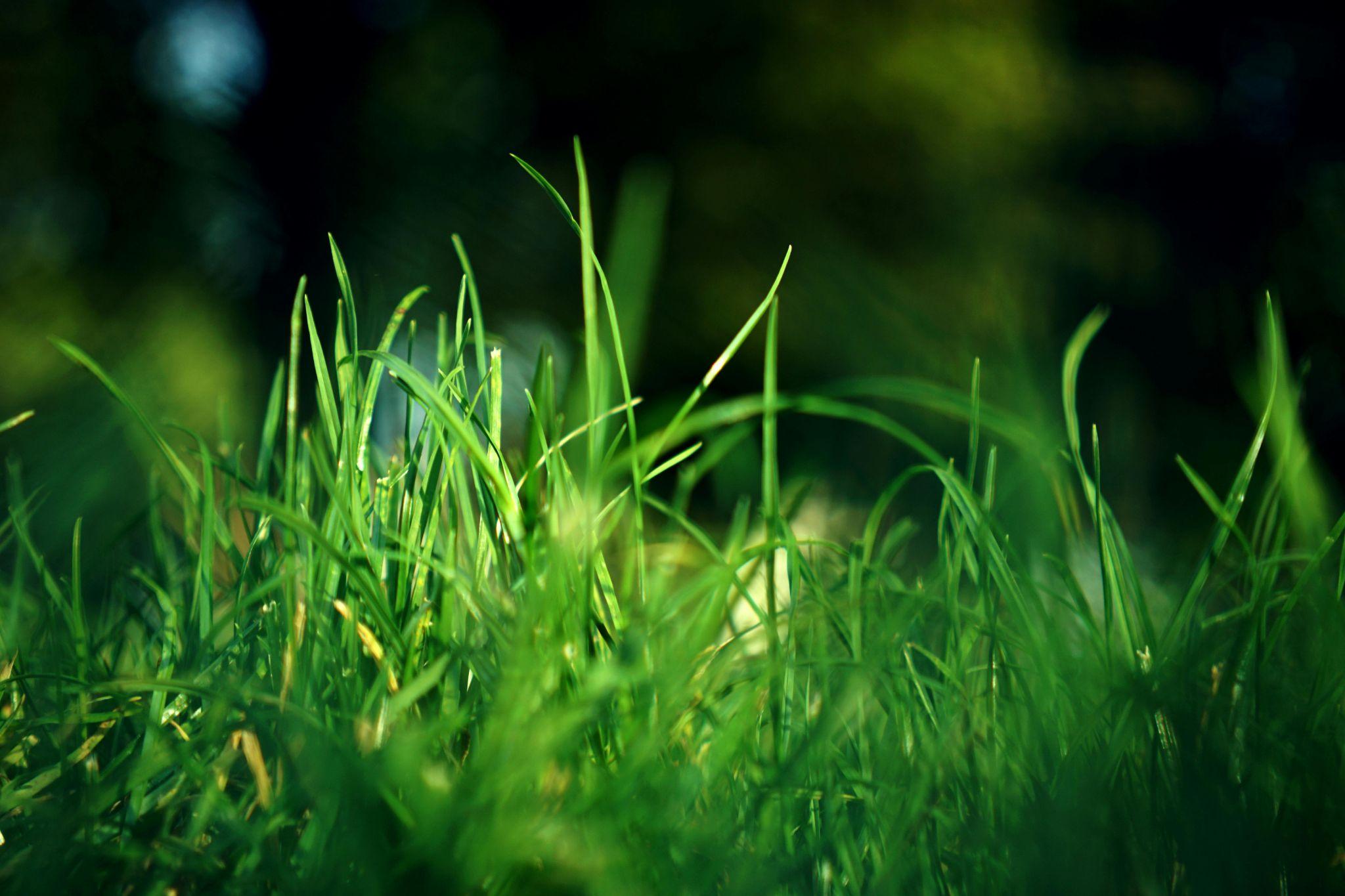Florida’s year-round warmth keeps turfgrass growing, but that steady growth also drains soil nutrients faster than you might think. Many homeowners wonder whether lawn fertilizer in Florida is worthwhile or if sunshine alone can keep grass green. The answer depends on three main factors: soil composition, rainfall, and the grass species in your yard.
Florida Soil Doesn’t Hold Much Nutrients
Florida has sandy soil in most areas. That means water and nutrients pass through it quickly. Without anything to hold onto them, important nutrients like nitrogen and potassium don’t stick around for long. A study on sandy soils in Florida found that organic matter content and water-holding capacity generally range from 0.5% to 2%. Your grass needs these to grow strong and stay green.
Without regular feeding, your lawn can start to look thin, pale, or patchy. Even if it rains often or you water regularly, grass still needs a boost. Fertilizer gives your yard the extra nutrition it can’t get from the soil alone.
Rain Can Wash Fertilizer Away
Florida’s weather can be unpredictable. One day it’s dry, and the next you get a heavy downpour. While rain helps grass grow, it also washes nutrients deep into the ground, too deep for the roots to reach. Summer downpours can create leaching. Five to seven inches of rain in a single month can flush nitrates well below the root zone. Each inch of rain can move soluble nitrogen 6 to 12 inches downward.
That’s why feeding your lawn more than once a year is important. Spreading out your fertilizer across the growing season helps keep nutrients available, especially after rainstorms. Slow-release fertilizer is a great choice in Florida because it breaks down over time and stays in the soil longer.
The Type of Grass You Have Matters

Most Florida lawns are made up of warm-season grasses like St. Augustine, Zoysia, or Bahia. Each of these grasses grows best when it has steady nutrition throughout the year.
Here’s a simple guide:
- Augustine: Grows fast and needs regular feeding to stay thick.
- Zoysia: Grows a bit slower but still benefits from light, steady fertilization.
- Bahia: Low-maintenance, but still needs occasional feeding to avoid yellowing.
Knowing what type of grass you have helps you choose the right fertilizer and how often to apply it.
Building a Practical Fertilizer Plan
You can keep your yard healthy without overfeeding or wasting product.
Step-by-step approach
- Test your soil each spring. Adjust pH only if it’s outside the 5.5–7.0range suitable for most Florida plants.
- Use a slow-release nitrogen blend to reduce nutrient leaching.
- Split the yearly nitrogen target into four equal doses—March, May, August, and October.
- Water lightly after each feeding to move granules off the leaf blades.
- Leave clippings on the lawn to recycle nitrogen per season.
Following this schedule means you use lawn fertilizer in Florida wisely while protecting nearby waterways.
Why Choose Bestway Lawn Care for Florida Lawn Fertilization
At Bestway Lawn Care, we understand that proper fertilization is necessary to keep your lawn healthy year-round. Whether you’re looking for lawn and landscape services or dependable lawn care in Palm Harbor, Largo, Seminole, or the greater Tampa Bay area in FL, our team delivers consistent results.
From sod installation to lawn maintenance, we offer reliable support for every season. Keep your grass in top shape with expert service. Contact us today to schedule your lawn care consultation!
